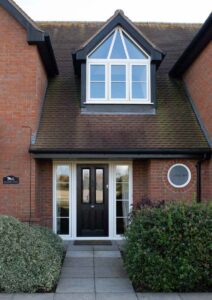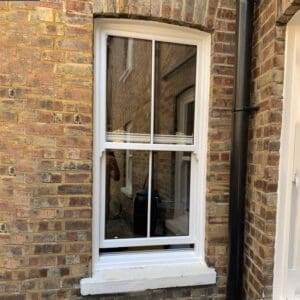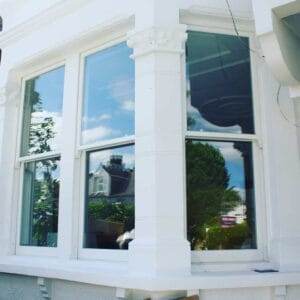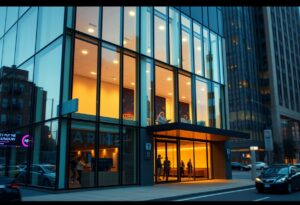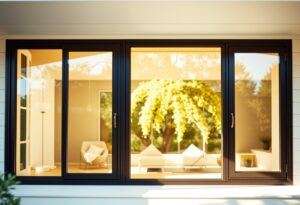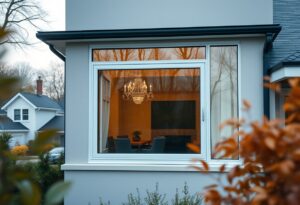There’s a quiet transformation happening in the construction industry, and it all revolves around smart architectural aluminium. This innovative material not only enhances aesthetics but also offers unparalleled functionality and sustainability. As you research into its advantages, you’ll discover how it significantly reduces energy consumption, improves structural integrity, and creates adaptive spaces that respond to your needs. Join us as we explore the remarkable benefits of smart architectural aluminium and its potential to reshape the way you think about construction.
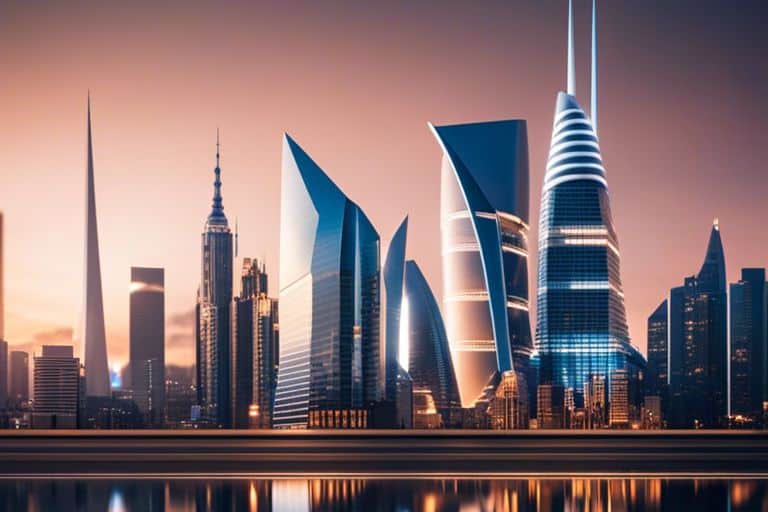
The Evolution of Construction Materials
While traditional building materials have long dominated the construction landscape, the shift towards innovative solutions is reshaping the way we approach design and sustainability. You may find it fascinating how evolution has led to the emergence of smarter options that not only enhance structural integrity but also elevate aesthetic appeal.
From Traditional to Innovative
With the advent of new technologies and environmental awareness, you can witness a significant transition from traditional materials like wood and brick to more advanced and versatile options. This evolution signifies a broader understanding of durability and efficiency, allowing architects and builders to push the boundaries of what’s possible in contemporary construction.
The Rise of Aluminium in Building Design
Materials such as aluminium are becoming increasingly popular in modern building design, thanks to their lightweight nature and adaptability. You might be surprised to learn how aluminium’s unique properties enable architects to create intricate designs that were once deemed unfeasible with traditional materials. This not only optimises functionality but also allows for a greater range of styles, ensuring that your vision can come to life without compromise.
A key advantage of aluminium is its exceptional strength-to-weight ratio, making it an ideal choice for structures that demand both robustness and flexibility. As you explore the world of architectural aluminium, you will recognise that its resistance to corrosion extends the lifespan of buildings significantly. Coupled with its recyclable nature, you can contribute to a more sustainable future while enjoying the benefits of a modern, visually appealing design.
Smart Architectural Aluminium: A Game-Changer
It’s no secret that smart architectural aluminium is reshaping the construction landscape. With its blend of aesthetics and functionality, this innovative material is setting new standards for what is possible in modern design. By integrating technology and sustainable practices, architects and builders like you can create structures that are not only visually striking but also efficient and environmentally friendly.
Enhanced Sustainability
GameChanger technologies in smart architectural aluminium allow for reduced waste and the use of recycled materials, making your construction projects more sustainable than ever. This means that you can contribute to a greener planet while achieving the desired aesthetics for your buildings.
Improved Energy Efficiency
An necessary benefit of smart architectural aluminium is its capacity to significantly enhance energy efficiency. Energy-efficient designs, combined with advanced insulation features, ensure that your buildings consume less energy, ultimately saving you money on utility bills and reducing carbon footprints.
As a construction professional, you’ll appreciate that the energy efficiency of smart architectural aluminium goes beyond simply keeping costs down. The material can be designed to reflect or absorb heat, depending on your climate needs, leading to more consistent indoor temperatures. This adaptability plays a crucial role in creating comfortable living and working environments while encouraging responsible energy consumption.
Revolutionizing Building Design and Functionality
Even with traditional materials, construction has evolved significantly over the years. However, the integration of smart architectural aluminium is taking this evolution to unprecedented heights. This innovative material not only enhances structural integrity but also redefines the parameters of design and functionality in building projects.
Increased Flexibility and Adaptability
An unparalleled advantage of smart architectural aluminium is its flexibility and adaptability. You can easily mould and shape this material to meet your specific design needs, allowing for unique architecture that was previously unimaginable. This versatility is vital for accommodating changing designs and evolving spatial requirements.
Enhanced Aesthetic Appeal
To create environments that inspire, the aesthetic contributions of smart architectural aluminium cannot be overlooked. This material offers a sleek and modern appearance that complements both contemporary and classical structures. With various finishes and colours, your buildings can captivate the onlooker and radiate elegance.
Plus, the innovative use of smart architectural aluminium extends beyond mere function to improve visual appeal significantly. Picture grand façades that shimmer under the sun or intricate designs that play with light and shadow. The adaptability in styles and finishes allows your unique vision to come alive, making your buildings stand out in a crowded urban landscape. Such aesthetic innovations engage passers-by, fostering a sense of pride in architectural identity and community connection.
To wrap up
Taking this into account, the integration of smart architectural aluminium into construction is not merely a trend but a transformative movement that enhances both functionality and aesthetics. You will discover that its lightweight yet durable nature, coupled with energy-efficient qualities, leads to significant cost savings and environmental benefit. Embracing this innovative material allows you to push the boundaries of design while contributing to a sustainable future in the construction industry. Ultimately, smart architectural aluminium invites you to envision a built environment where form meets function seamlessly.
FAQ
Q: How does smart architectural aluminium differ from traditional aluminium in construction?
A: Smart architectural aluminium integrates advanced technologies into its design and functionality, setting it apart from traditional aluminium. While traditional aluminium is primarily used for structural purposes and aesthetics, smart aluminium comes equipped with features such as enhanced thermal insulation, self-cleaning surfaces, and the ability to respond to environmental conditions. This innovation allows buildings to be more energy-efficient, sustainable, and resilient, greatly improving the overall functionality and lifespan of structures compared to those built with conventional materials.
Q: What are the environmental benefits of using smart architectural aluminium in construction?
A: The use of smart architectural aluminium contributes significantly to environmental sustainability in construction. Its lightweight nature reduces the energy required for transportation and installation, thereby lowering the carbon footprint of construction projects. Moreover, the insulating properties of smart aluminium can lead to reduced energy consumption for heating and cooling, which further diminishes greenhouse gas emissions. Additionally, many of these materials are recyclable, promoting a circular economy and minimising waste in landfills. Thus, opting for smart architectural aluminium supports eco-friendly building practices.
Q: How can smart architectural aluminium enhance the aesthetics of a building?
A: Smart architectural aluminium not only offers functional benefits but also enhances the aesthetic appeal of buildings. With its versatility, it can be manufactured in various shapes, finishes, and colours, allowing architects to push the boundaries of design creativity. The reflective properties of aluminium can contribute to modern and sleek appearances, while also blending seamlessly with other materials such as glass and wood. Furthermore, features like integrated lighting and interactive surfaces can create dynamic visual effects, making buildings not only visually stunning but also engaging for occupants and passers-by alike.

